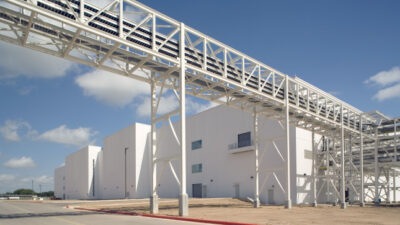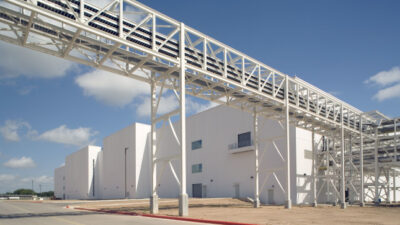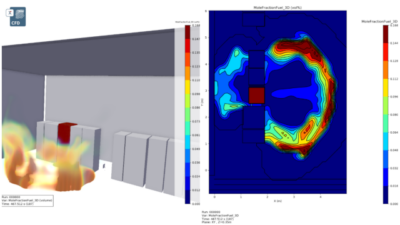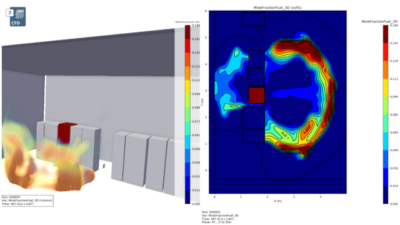The minimum acceptable criteria for energy efficient design should be defined because there are many conflicting publications and codes available. Since 1975, the generally accepted standard of care for designing commercial buildings for energy efficiency has been ANSI/ASHRAE/IESNA Standard 90.1, Energy Standard for Buildings Except Low-Rise Residential Buildings.
The minimum acceptable criteria for energy efficient design should be defined because there are many conflicting publications and codes available. Since 1975, the generally accepted standard of care for designing commercial buildings for energy efficiency has been ANSI/ASHRAE/IESNA Standard 90.1, Energy Standard for Buildings Except Low-Rise Residential Buildings . It is the only national energy standard developed and maintained by an ANSI-accredited consensus process using a large technically qualified and balanced group of stakeholders. The 1992 Federal Energy Policy Act (EPACT) uses 90.1 to set the minimum requirements that state energy codes are obligated to meet. The U.S. Dept. of Energy (DOE) has set July 15, 2004 as the deadline for states to certify that their energy codes equal or exceed the requirements in Standard 90.1-1999.
Most states have adopted or are considering adoption of national model codes. The International Energy Conservation Code (IECC) is the most widely adopted energy code and offers two compliance paths. Chapter 7 references 90.1 as one option for compliance. That being said, most designs complying with IECC do not use the 90.1 option, as users often perceive the 90.1 criteria to be more expensive and more complex. Furthermore, IECC also allows another less stringent and less comprehensive option to achieve compliance by following its Chapter 8 requirements. However, there are mandatory provisions in 90.1 that are not in Chapter 8, such as load calculations, controls, balancing and plumbing requirements. Thus, compliance with IECC does not necessarily mean compliance with 90.1 and EPACT.
Some states also allow the use of DOE building code software COM check -EZ as a method to demonstrate compliance with IECC. However, COM check -EZ does not cover all of the requirements of either IECC or 90.1. While it is accepted for a building permit, it does not necessarily mean that all relevant provisions of either IECC or 90.1 are met.
Another model code is the NFPA 5000 Building Construction and Safety Code , which uses 90.1 as the sole criteria for energy conservation.
State and local governments tend to modify the model codes they adopt. The question then becomes whether individual building designs should comply with the local energy code or with 90.1, or both. I believe the standard of care for engineering practice today requires both.
The Leadership in Energy and Environmental Design (LEED) program of the U.S. Green Building Council requires compliance with 90.1. Additional points to achieve higher levels of LEED certification are available for further reductions in energy compared with 90.1. However, it must be noted that where 90.1 or its equivalent has been adopted as the local energy code, then LEED certification simply means the building meets the energy code and standard of care and should have the same energy performance as any other building built to code.
ASHRAE will complete the 2004 edition of 90.1 shortly, which will be submitted for reference in the 2006 editions of both NFPA 5000 and IECC. The two major differences compared with prior editions are more stringent lighting requirements and a complete editorial revision for simplicity. When published, 90.1-2004 will become the standard of care.
Some important conclusions can be drawn. States that adopt and enforce IECC do not comply with EPACT. Do not rely on COM check -EZ to determine compliance with IECC or 90.1. States that adopt and enforce NFPA 5000 will automatically comply with EPACT. LEED certified buildings must meet EPACT and the standard of care for energy. The only way to meet both EPACT and the standard of care is to comply with 90.1.
For more information on COM check -EZ, see “Simplified Energy Code Compliance” in the HVAC community at csemag.com .



